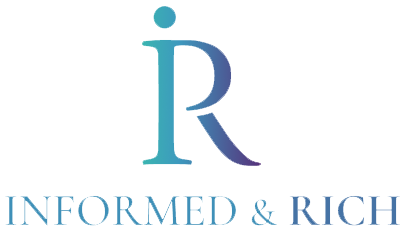THE PHILIPPINES must work fast to seize the opportunities presented by shifting trade patterns in the face of the disruption caused by the new US tariffs regime, a former Bangko Sentral official said.
 “The Philippines has a chance of doing a quick and proactive adaptation to the new trade environment,” GlobalSource Country Analyst for the Philippines Diwa C. Guinigundo said in a panel discussion at the BusinessWorld Economic Forum on Thursday.
“The Philippines has a chance of doing a quick and proactive adaptation to the new trade environment,” GlobalSource Country Analyst for the Philippines Diwa C. Guinigundo said in a panel discussion at the BusinessWorld Economic Forum on Thursday.
“Otherwise, it risks being a passive bystander in the unfolding international trade regime,” Mr. Guinigundo, a former central bank deputy governor, added.
“The US will not wait for us to take full advantage of the lower reciprocal tariffs or the substantial exemption of certain product lines. Our competitors are just too busy shaping up and enhancing their competitiveness,” Mr. Guinigundo added.
Last month, US President Donald J. Trump imposed reciprocal tariffs on nearly all its trading partners, but paused enforcement of these rates for 90 days while charging most countries a 10% “baseline” tariff.
The Philippines was originally assigned a 17% tariff before the pause, the second lowest in Southeast Asia. Singapore had been charged the baseline rate of 10% when the reciprocal tariffs were originally announced in early April.
Mr. Guinigundo said there is a need to “sustain the pace of structural and policy reforms and broaden our regional engagement.”
Also speaking at the panel, Semiconductor and Electronics Industries in the Philippines Foundation, Inc. (SEIPI) President Danilo C. Lachica said the Philippines is not a recipient of Artificial Intelligence (AI) chips from the United States.
The US issued a Framework for Artificial Intelligence Diffusion, which divides the world into three tiers that categorize countries based on whether they can receive chips or not.
The first tier grants countries unlimited chips while the second has a cap. A third tier completely blocks countries from receiving chips, such as China.
“The Philippines doesn’t appear in tier one or tier two. I don’t know if it was an omission, but we need to bring this to the attention of the Strategic Trade Management Office,” he said, referring to the arm of the Department of Trade and Industry (DTI).
“As much as we’re using AI in our daily lives, we need to be able to get on that list, at least tier two. Those are the challenges that we’re looking at,” Mr. Lachica added.
Mr. Guinigundo added: “We may have all of the agreements…, but if we are not on that list or if we’re not in that tier, I don’t think people will pay attention to our case. The point is, as we were saying earlier, we have to strengthen our industrial base.”
“We have to improve our logistics. We have to improve our human capital,” he added.
“In most, if not all economies, I think it’s imperative that you invest in human capital because human capital fuels innovation and creativity,” Allan B. Gepty, undersecretary of the DTI’s International Trade Group, said.
Mr. Lachica also flagged the skills gap in the current workforce.
“Our workforce… doesn’t have the skills required by the industry. It’ll take another year or two before you can equip them with the foundational and technical skills.”
He also noted high power, logistics, water, and labor costs.
Mr. Gepty also noted the need to strengthen the industrial base.
“To do that, we have to align our industrial policy with our trade policy. Because at the end of the day, our dream, our vision is, of course, to have a robust industrial sector so that we can export more to other countries.”
“We have to bear in mind that because of the global supply chain, there is no such thing as made in one country.” — Luisa Maria Jacinta C. Jocson

